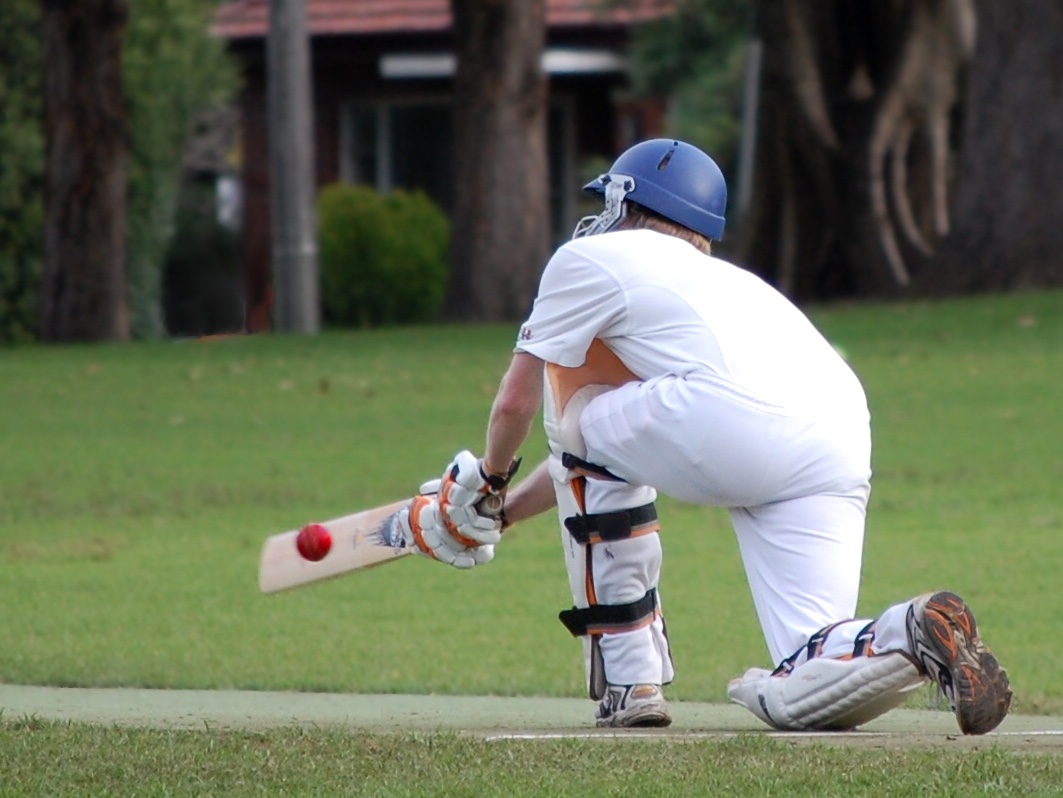|
 Form is a strange thing. We all know it when we have it, and we all wonder how to get it back when it goes. Form is a strange thing. We all know it when we have it, and we all wonder how to get it back when it goes.
It’s indoor training time here for my club and I recently had a chat over coffee with one of our senior players about form. He told me he didn’t want to start training because he was worried he would get into form too early and lose it again before the season even started.
I respectfully disagreed.
To my knowledge, that’s not how form works.
But, he is right to be concerned about being in form at the right time. It’s no good middling everything in March only to become a shambles in May when the season proper begins in the UK.
To get to the answer to this dilemma, we need to answer a more fundamental question.
What is form?
Form is a feeling that leads to performing at your best.
Everyone knows form when they feel it: Being at the top of your game and everything just flowing with minimal effort. It’s wonderful. And when it’s gone you are desperate to get it back.
It’s so powerful that you can feel “in good form” even when you are not getting runs and wickets. You just know it’s a matter of time. It’s the same the other way round too. You can take a hat-trick and still feel out of nick.
It’s also mysterious.
Form seems to come and go as it pleases with little input from you. One day feels right, the next feels awful despite you changing nothing.
A lot of people - my senior player included - make it a simple equation: Form equals the optimal practice time. Practice too little and you will be out of form. Practice too much and and you will get in form then get out of form again. Practice the right amount and you hit form at exactly the right moment.
Of course, this is far too simplistic.
Practice volume is a factor in form, but there are many other things that go into the feeling of form:
- Practice quality
- Runs and wickets
- Physical fitness
- Genetic talent
- Diet
- Luck
- Sleep amount and quality
- Match and practice conditions
- Mindset
The formula is complex. Then you bring in individual physical and psychological variations and you can see how people throw up their hands and pray to the form Gods.
Should you give up on finding form and just hope it comes?
Form is effort
I have looked at reasearch and have coached many players.
I have seen other coaches in action and listened to the words of world-class players in interviews.
After all this evidence I strongly believe one thing,
You control form, form does not control you.
Everyone, no matter what skill or talent level, has a great amount of control over form. That doesn’t mean you can stay in form forever - there are too many external factors to allow that - but it does mean you can make the most of times when form is up, and reduce the negative impact when form is down.
And that is done by effort.
You might argue that good players should not need to strive for form. Good players are good because form comes to them faster and stays longer naturally. Yet, as we have seen, form is only partially decided by your natural ability. You need to do more than that.
So, you strive by putting in some smart work.
This includes healthy eating, doing fitness work and and sleeping well, but it’s mainly about striving hard at training with the right frame of mind.
What does this look like?
Out of form training
When you are out of form, focus your training on getting back into form at the basic level.
This means identifying the things that are causing you to be out of form, then putting in as much training as you can to either correct or hide the issue. This could be technical, tactical, physical, or psychological. Everyone is different. Work out your flaw and push all your energy into dealing with it.
As you do this, form will return.
What if the cause is out of your control? Perhaps you are not getting enough sleep because you are a new parent, and this also means less training time. Make sure you accept that you will not be able to be at your total best, and focus instead on the areas you can control. Make the most of your time as best you can.
In form training
When you are in form, you have a golden opportunity to grow your skill levels further.
Take it!
Many people think that training while in form is dangerous because it can get you out of form. To that I would say two things;
- You can never be too good at the basics.
- You can take the chance to work on new things to make you even better.
Let’s say you are a batsman who is going well but has a desire to score more quickly. You have a solid drive and pull shot and work the ball off your legs well. You are in good form and scoring runs. So, use your net session to do a few minutes on the basics, then quickly move on to working on a shot that is weaker, like hitting over the top or sweeping.
You could also spend in-form sessions striving to turn your strengths into super-strengths. For example, increase the difficulty of balls you can drive (faster bowling, length deliveries, more swing or turn off the pitch, adding pressure or fatigue… the options are endless).
Control your form
As you can see, form may be a complex thing but it feels simple.
The risk is that you oversimplify it into either magic, or base it on training volume alone.
In fact, with the right attitude, form is something you have great control over. You can exploit the good times to extend them longer, and you can strive hard during bad form to get back to your purple patch in short time.
What are your experiences with getting into form and staying there longer?
Discuss this article with other subscribers
|

.jpg)



.jpg)

